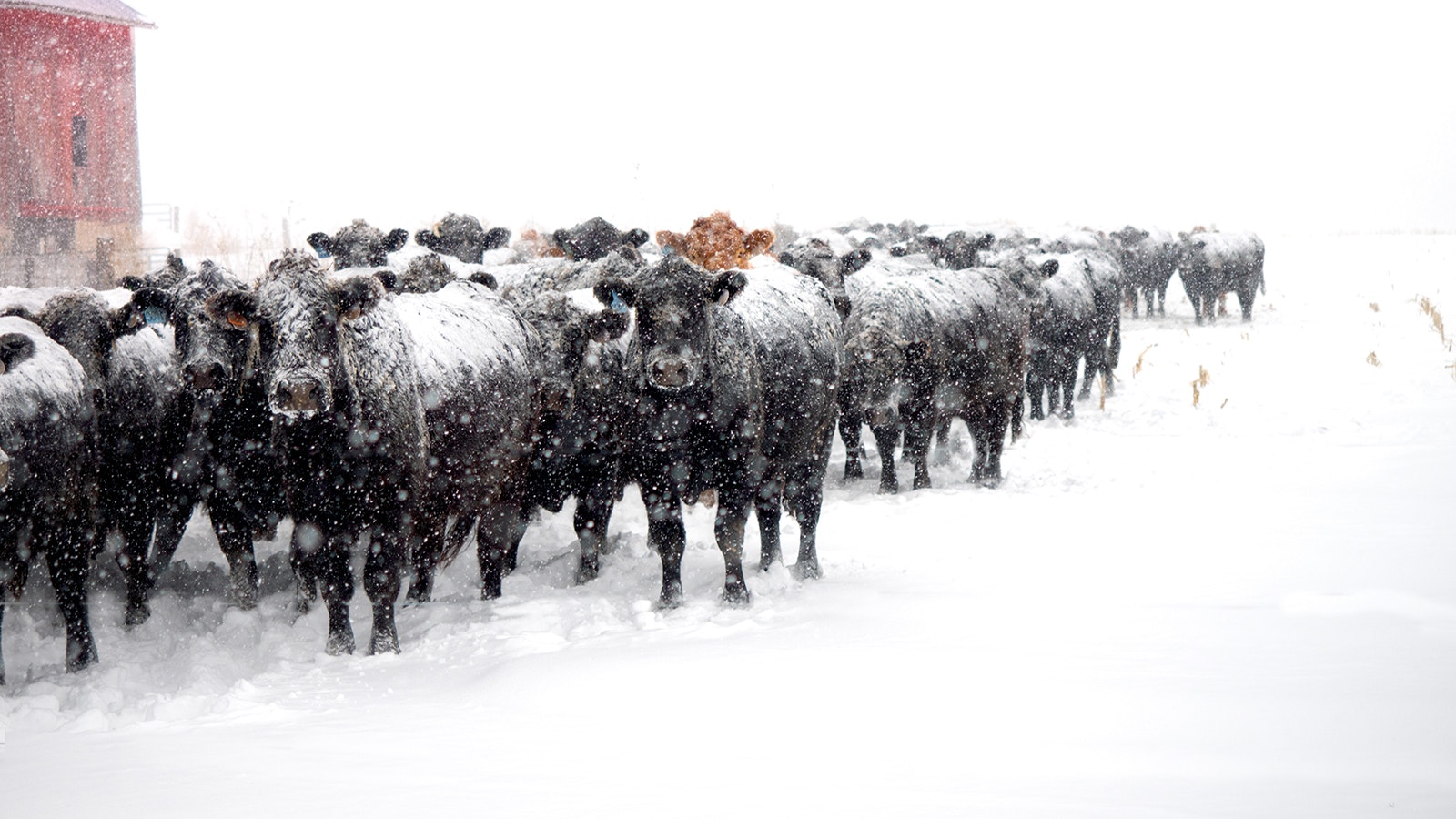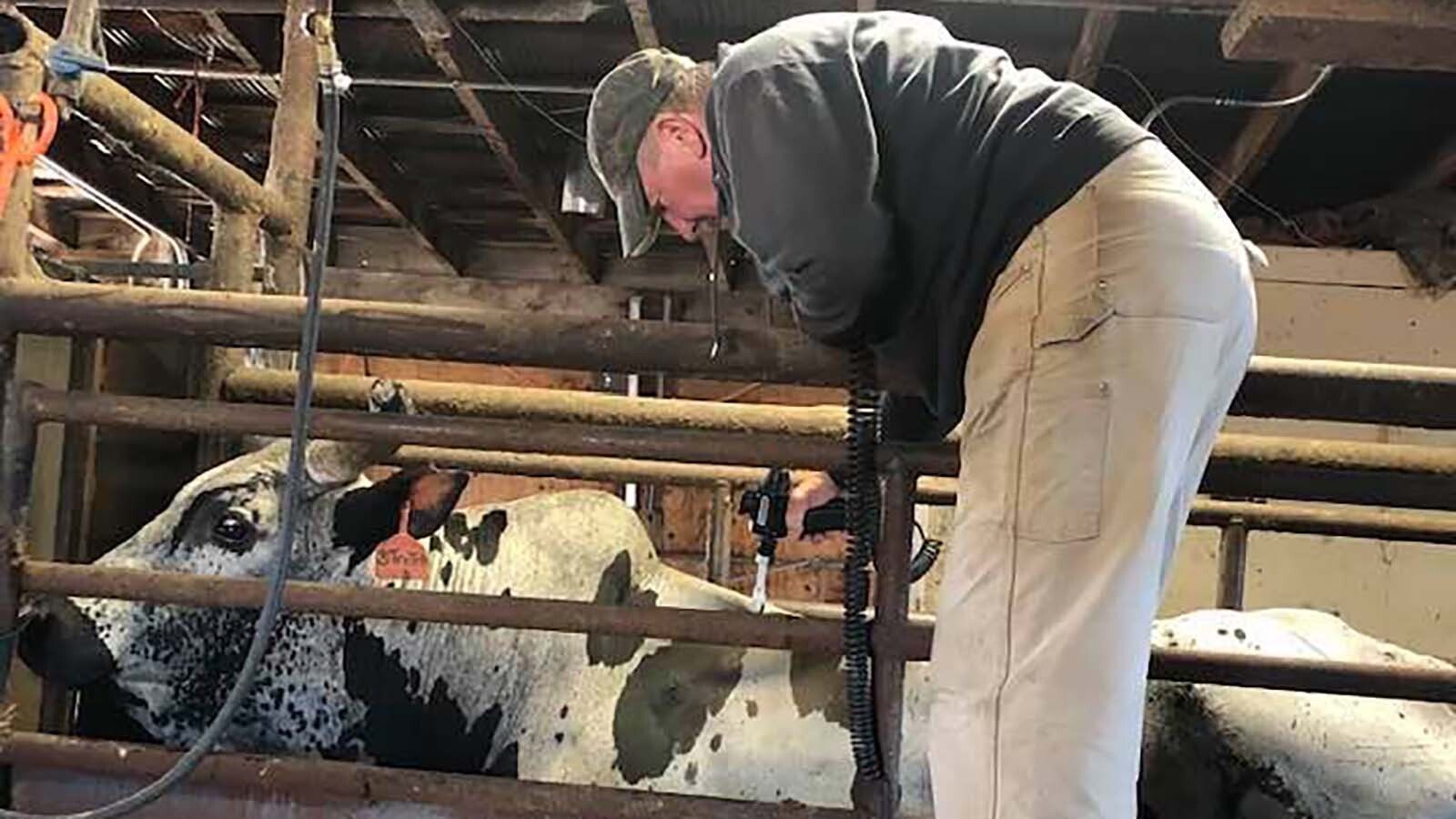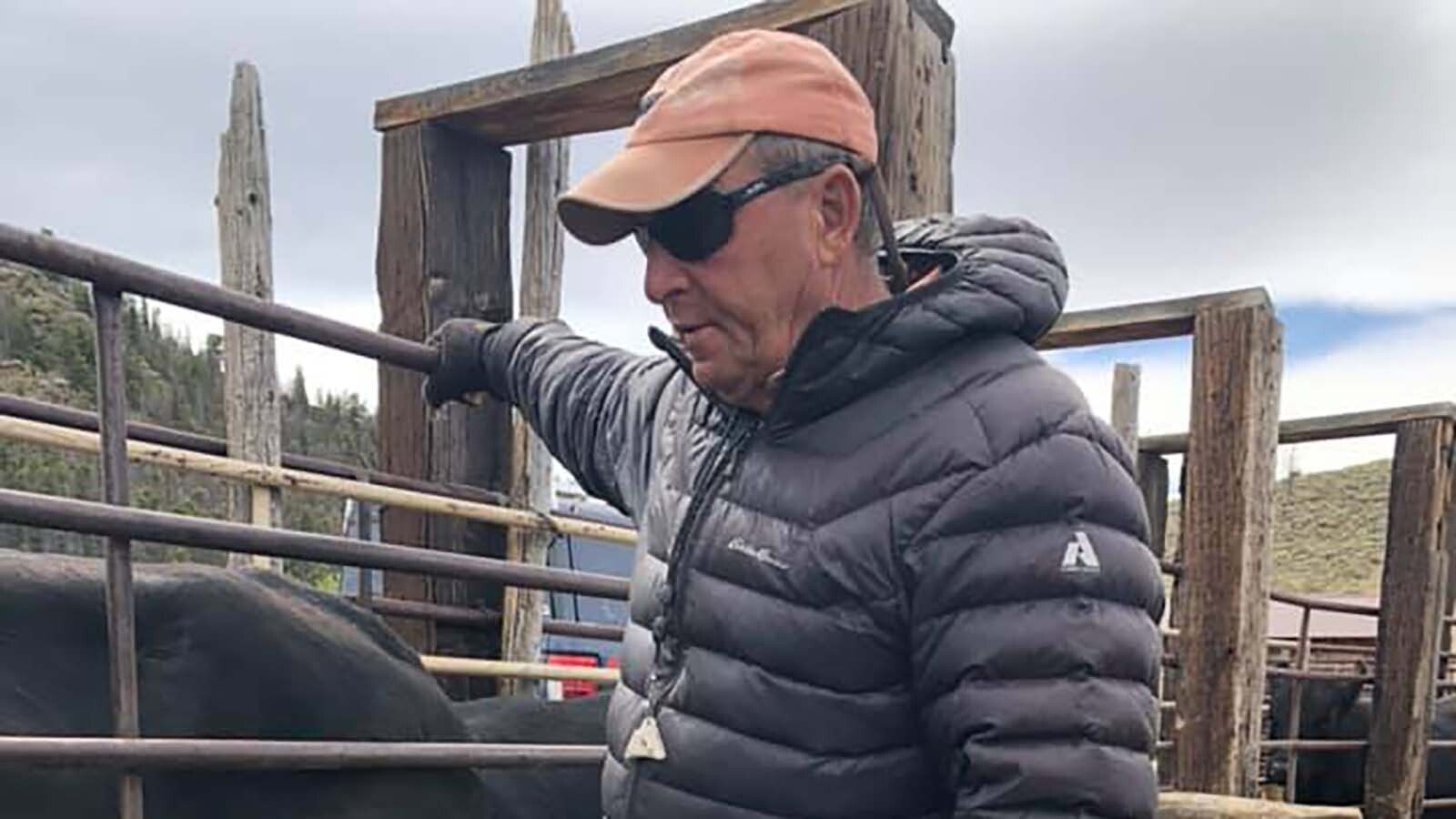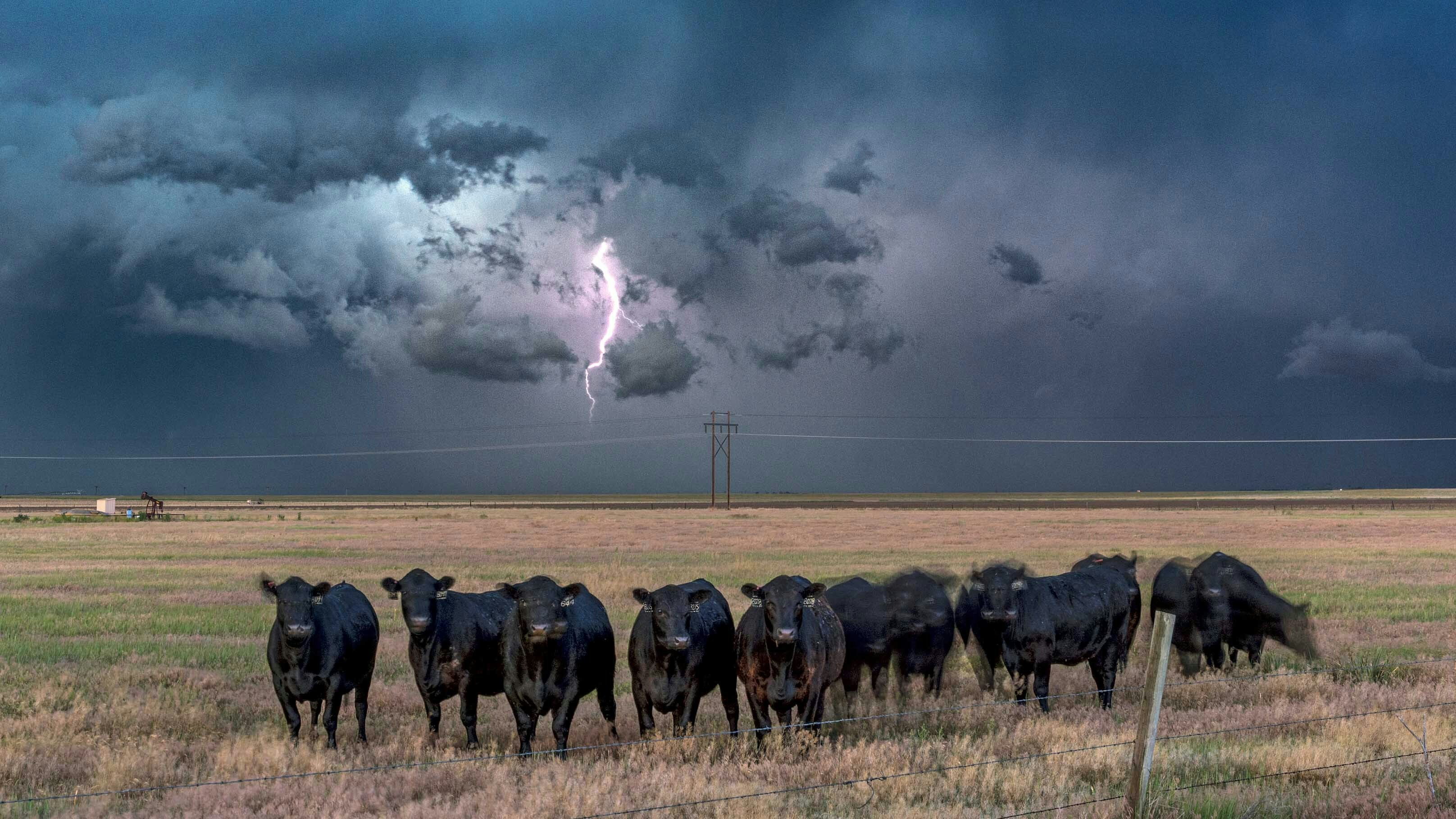This winter may go down as one of the harshest in recent memory in Wyoming with multiple storms dumping feet of snow and sub-zero temperatures freezing much of the Cowboy State.
In a Monday letter submitted to the U.S. Department of Agriculture and its head secretary, Tom Vilsack, Gordon says Wyoming’s livestock producers are facing “extraordinary losses and increased costs due to the winter storms.”
Gordon is requesting a federal disaster designation for all 23 counties in Wyoming.
Last week, a storm dropped as much as 4 feet of snow in some parts of central Wyoming, coupled with extremely cold temperatures. Wyoming led the lower 48 states in being under some combination of winter storm warnings, blizzard warnings, winter weather advisories and high wind warnings at 66% of the time from Jan. 1 through Feb. 27.
This likely still pales in comparison to the legendary winter of 1949, where an estimated 20,000 cattle and 100,000 sheep died in Wyoming.
‘No Relief’
“There has been no relief from the weather,” Gordon wrote.
The secretary of Agriculture is authorized to designate counties and states as disaster areas to make emergency loans available to producers suffering losses in those areas. In addition to loan eligibility, other emergency assistance programs, such as Farm Service Agency disaster assistance programs, have historically used disaster designations as an eligibility trigger.
Gordon said the combination of cold temperatures, snow and wind have caused distress for Wyoming’s livestock industry. Snowfall came early and often this winter, with storms hitting the state on a consistent basis since November. Gordon said there has been very little snowmelt between storms and plants are still buried under snow even in windblown spots.
Because of the early winter start, Gordon said producers were forced to increase their supplemental feeding, which needed to be sustained “for a longer period than during any winter in recent memory.”
Inflationary pressures also have made livestock feed more expensive to acquire.
Gordon said certain producers have been cut off from their livestock due to extreme winter conditions closing roads. He said even after many roads received critical plowing, they often re-drifted as a result of high winds and snow.
“Mortality has been high thus far and is expected to increase well into the spring as a result of this exceptionally harsh winter,” Gordon said.
During a speech given to the Wyoming House of Representatives on Friday, Gordon also said his office is coordinating with the Federal Emergency Management Agency on emergency relief.





